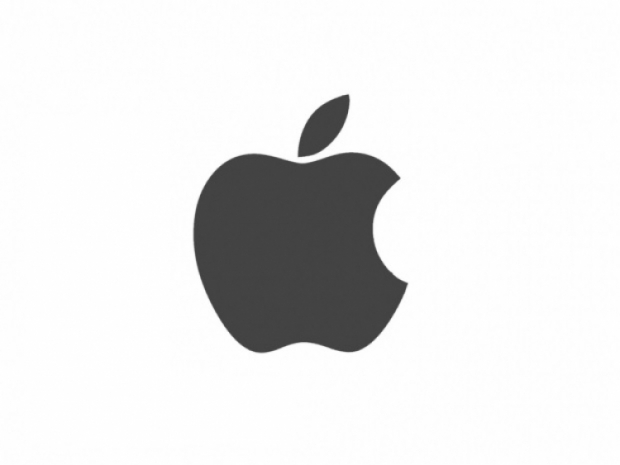PC Gamer wrote an interesting article based on a conversation with our old friend Ex-Intel principal engineer, François Piednoël, who believes that he witnessed the inflection point between Apple and Intel in 2015 or the launch of Skylake. François makes a good argument that Skylake was far from perfect and made Apple unhappy, but then again, this is what we believe is just a small part of the story.
Apple A6X started it all
Apple hardware engineering flirted with A(insert number)X generation of chips for iPad. The adventure started in 2012 as Apple realized that giving a tablet more horsepower rather than just using a mobile phone SoC makes more sense. A tablet is larger, and it can support TDPs of close to 5W compared to some 2W TDP inside of the phone.
Apple knew that it takes a while to convince ISVs (Independent Software Vendors) to optimize software for its own chips in a computer form. This is why only after eight years of doing the X iPad specific version, Apple feels comfortable to launch its notebook chip, expected later this year.
With time, the iPad chip became more capable, and the latest A12Z eight-core with four small and four big ones got the company to the right performance level to use it in some notebooks. It is expected that Apple will launch a successor of A14 chips for notebooks, probably at 5nm, before the end of the year. Apple traditionally introduces its latest iPhone with the latest A generation chip, now in 5nm in September each year. We expect to see the iPad/MacBook version of the chip a bit later at a dedicated MacBook event.
Apple started its own chip before Skylake
The original Skylake launched just a month short of five years ago. By the time Apple saw Skylake, it was elbows deep in making its roadmap toward notebook in house chip. It took Apple years to make a GPU. It will take them years more to make in house 5G modem, and making much larger chip to run notebooks also took more than half of a decade or ten years from the first iPhone chip.
Deriving from Apple's actions and being the part of this industry for two decades teaches one how the specific company operates. Apple acquires or licenses IP, takes years, and then "surprises "all with in house design.
Intel's Tiger Lake is just around the corner, and it looks promising. Even Ice Lake notebooks offered a decent performance jump against the Skylake based predecessor. Apple will be using Intel for the years to come, but using its own in-house developed processor is cheaper and offers a slightly better margin, especially in the long run.




